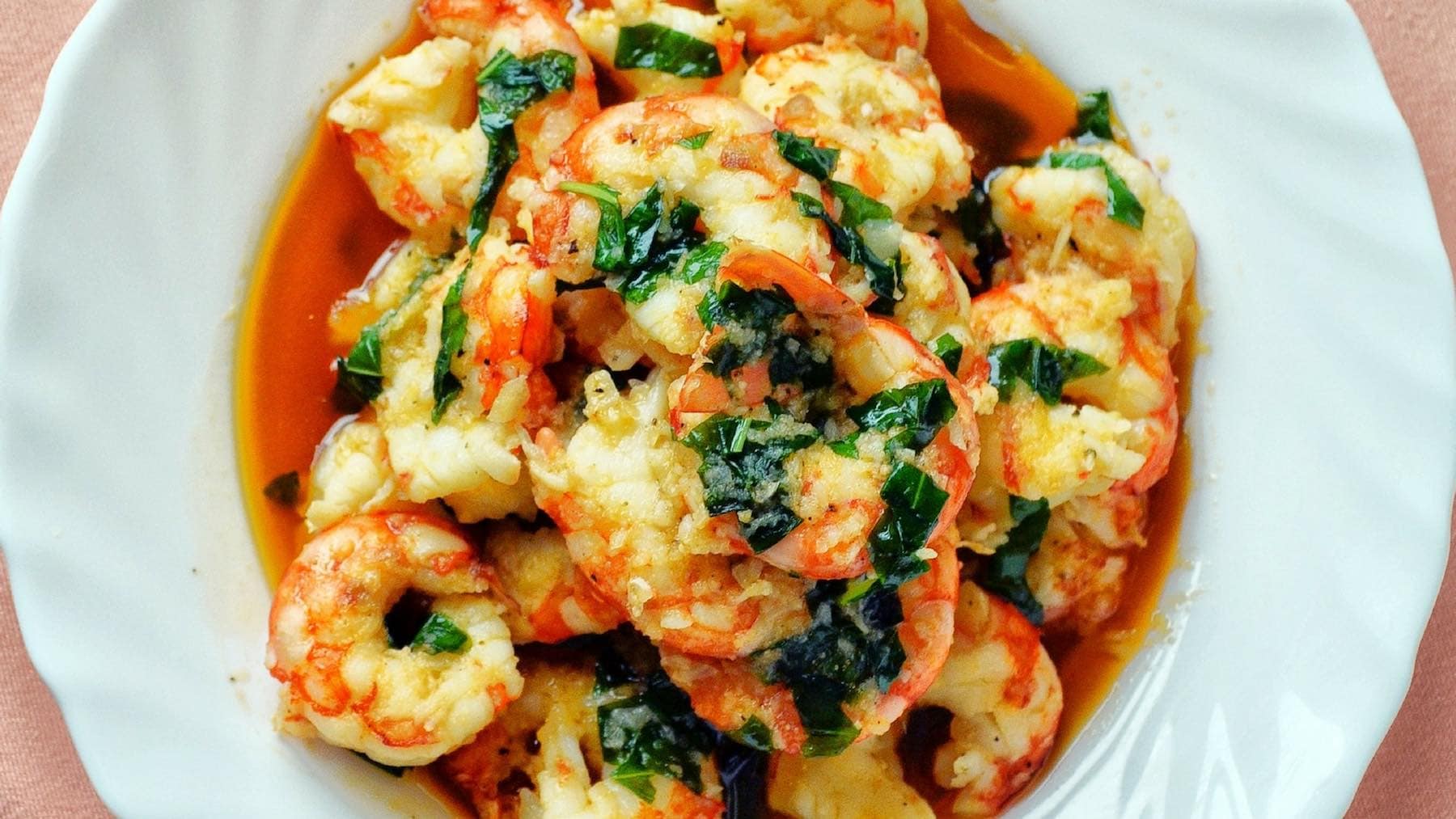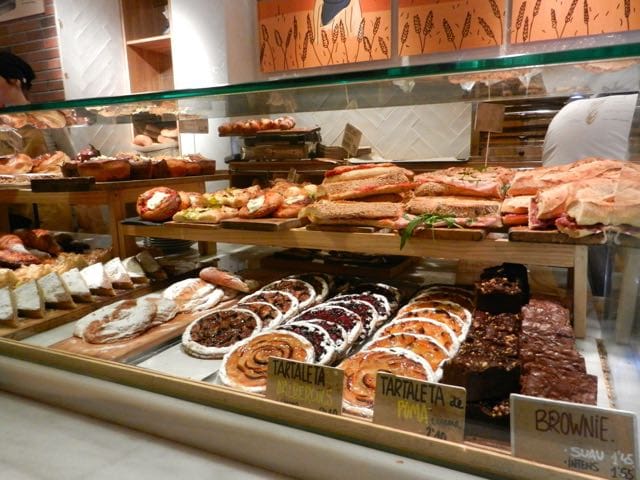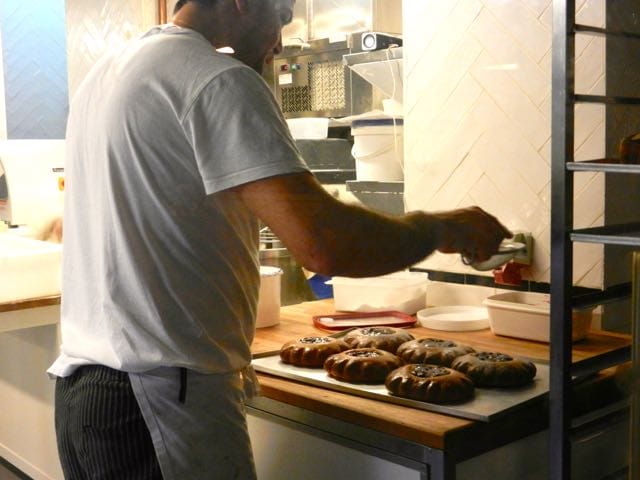This food tour of Barcelona promises the best tapas, Catalan cuisine and a trip to a very special market.
The history and culture of a place is best told through its cuisine.
Food is at the heart of every community and is heavily influenced by surroundings and situations. So, when I was invited to take a food tour of a Barcelona neighbourhood that I didn’t know… I couldn’t resist!
Devour Barcelona Food Tours, the sister company to the already successful Madrid Food Tour was set up in September. It took the organisers months to research the Gràcia area and find the best eateries to showcase what the neighbourhood is all about.

Gràcia wasn’t always a part of Barcelona – it started as a small village on the outskirts of the city, famous for its convent. In 1897, during a time of expansion, it was swallowed up by Barcelona… however, to this day, it has retained its village feel.
Stop one was the Baluard Bakery within Hotel Praktik. On offer, an almond croissant. Interestingly, I learned that freshly baked bread is rare in Barcelona. Many stores buy it in and warm it up to give the impression they’ve been hard at work since the early hours. Baluard is one of the few fully functioning bakeries, and the person behind this buzzing place, Anna Bellsolà, – the fourth generation in a family of bakers. “No two loaves are the same” is their motto… and it was encouraging to see the lengthy queue leading out of the door. It seemed to be the place the locals go to on a Saturday morning to pick up breakfast and loaves for lunch. The croissants were warm, flaky and deliciously almondy.
By wandering the streets on foot, there was plenty to observe and discuss. It was fascinating to hear that while 35% of the population within central Barcelona are Catalan, in Gràcia, that jumps to 65%. These are people with strong beliefs and a sense of belonging – and they show it by hanging Catalan flags from their balconies. The red and yellow flags were everywhere!
Next stop: the hub of activity on a Saturday morning – the market! At Mercat de l’Abaceria Central we sampled olives at Glòria and then visited La Trobada del Gourmet for a selection of Spanish and Catalan cheeses.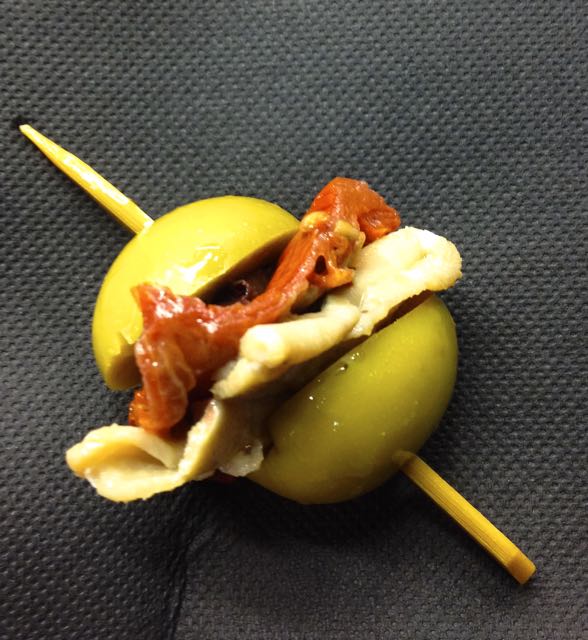
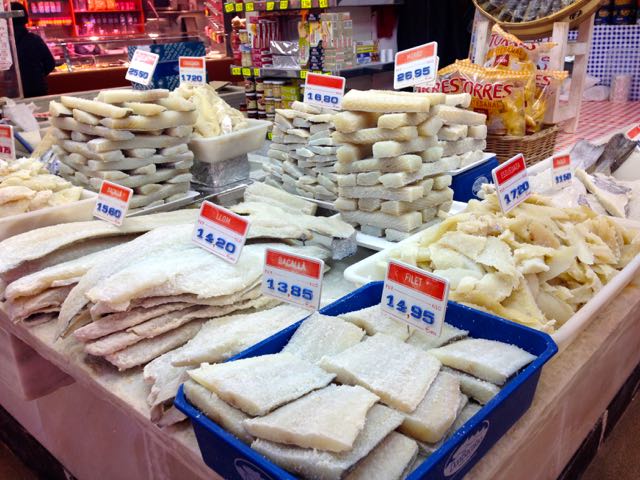
Glòria is a family business. The son renamed it from his father’s name, to his mother in law’s as he said – she did all the work! In all honesty, I’m not a lover of olives… so the skewer with giant juicy olives and salt cod wasn’t appealing. However, I tried it… and others in the group really loved it. I can at least say it looked very attractive (if you like olives!)
I loved Urgelia, a type of cows milk cheese which I sampled with membrillo – a special quince-like jelly. Also delicious was the manchego named as the best cheese in the world two years running!
Having time to explore the area on foot meant I didn’t get too full! I loved our stop at Café Pages… another family business. It was beautifully decorated with black and white floor tiles, antique mirrors and a long attractive bar area.
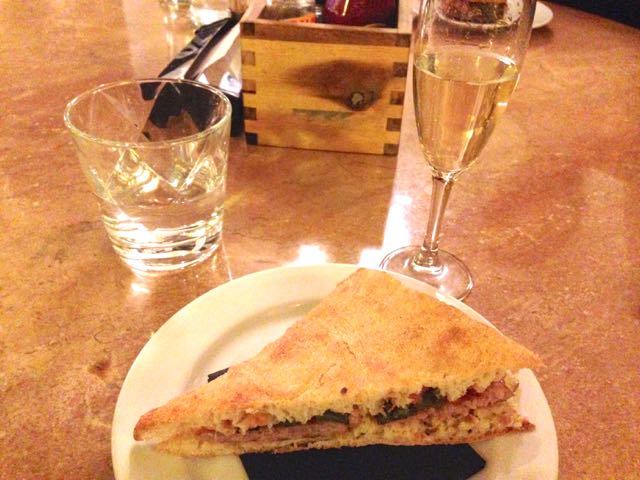
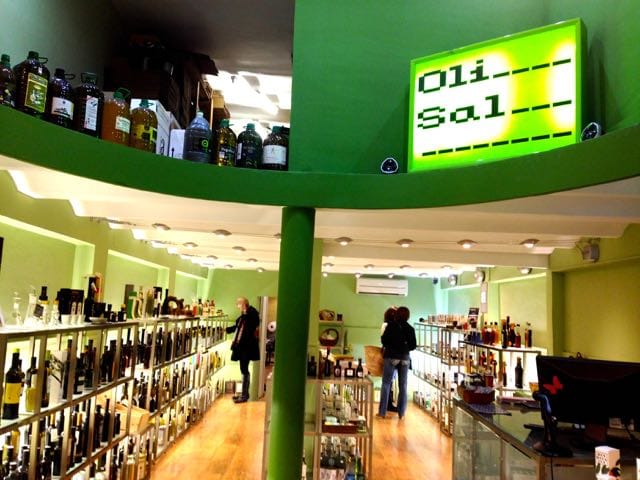

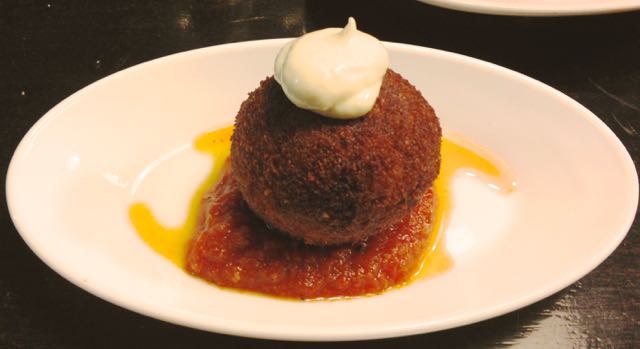
There may not be many parks in Gràcia, but instead it is full of beautiful squares marking the centre of each small community. I loved Plaça del Sol for its relaxed café vibe, and Plaça de la Vila de Gràcia for its beautiful tower.
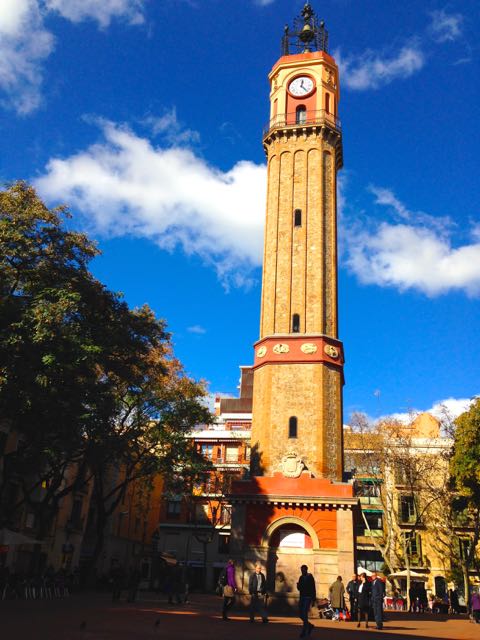
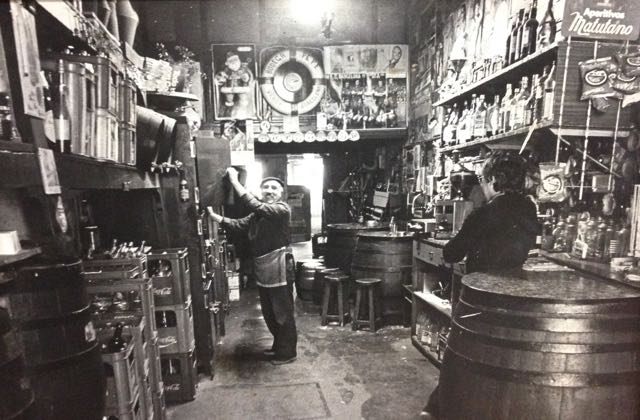
Final stop? Still with me? At Pastisseria Ideal I got to sample the oldest custard dessert in Europe – the cremat! Yet another family-run business with almost 100 years of history. The windows were beautifully inviting – full of macaroons, meringues and chocolates! It was a lovely place to reflect on a memorable morning.
This tour was a wonderful way to really get under the skin of a whole neighbourhood I might not have otherwise ventured into. It taught me about the food, the history, and most-importantly the people who created the charm and have kept it going all these years. I learned some valuable lessons in not being fooled by appearances! Some of the places we visited didn’t look particularly inviting from the outside, but once you stepped in the service was warm and friendly, and the food was delicious! You could smell tradition in the air. So go for it, go off the beaten track, and learn what makes a city tick through its food.
For more information on Devour Barcelona Food Tours click here.

